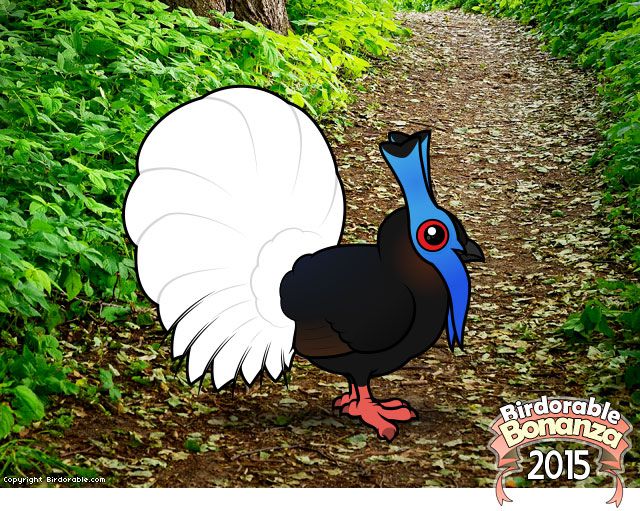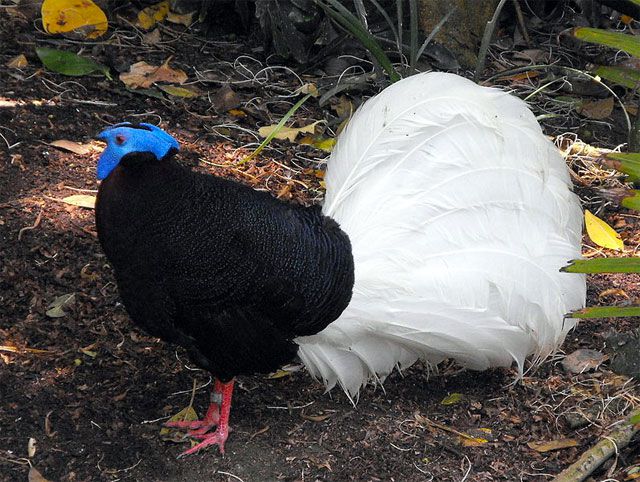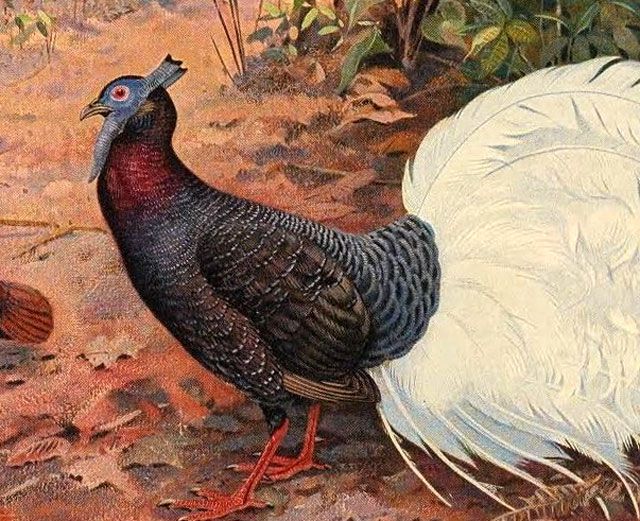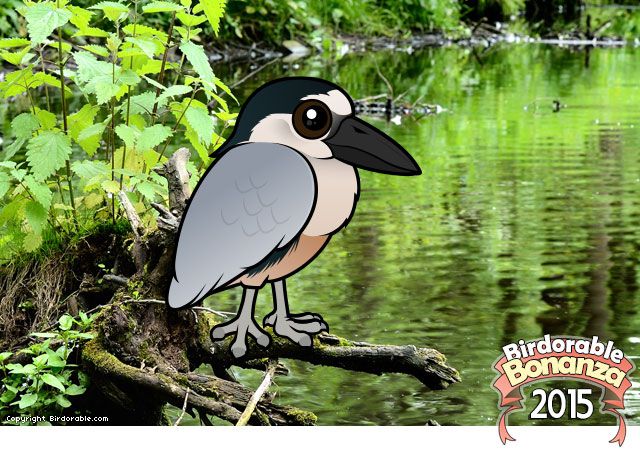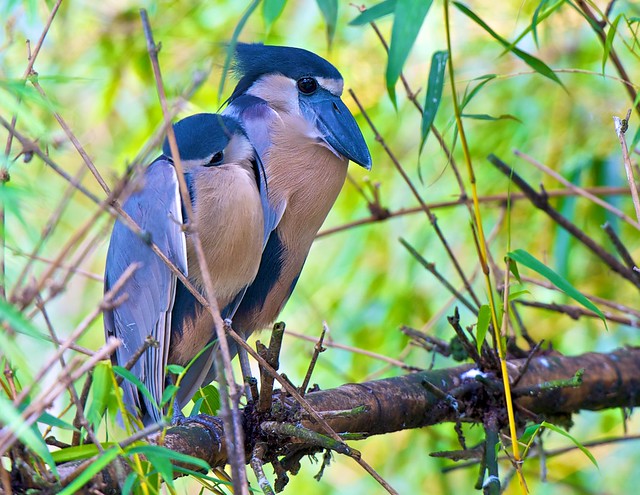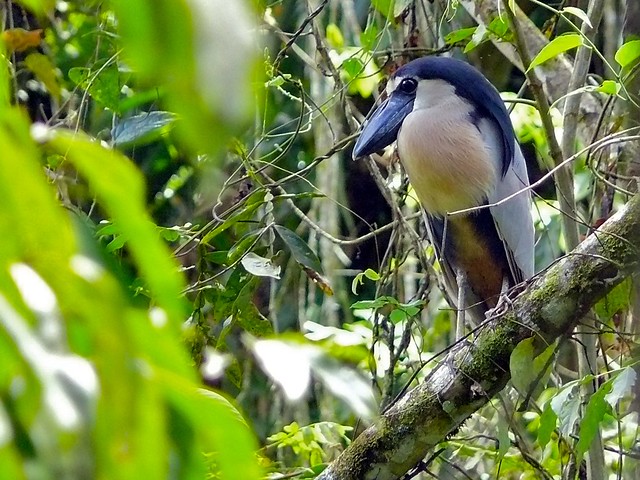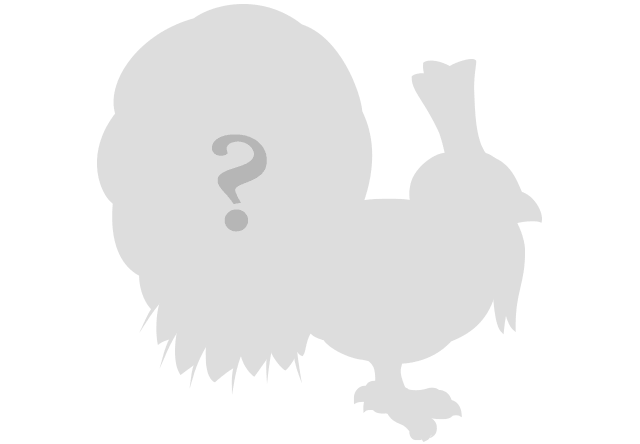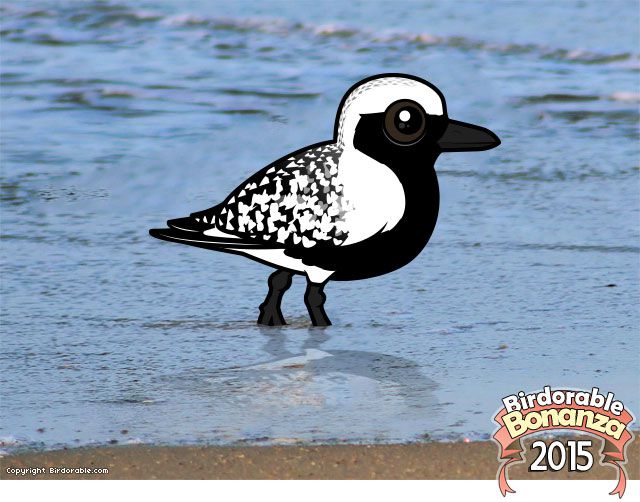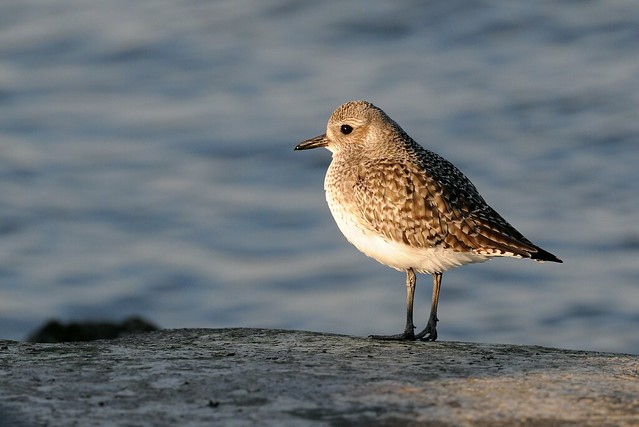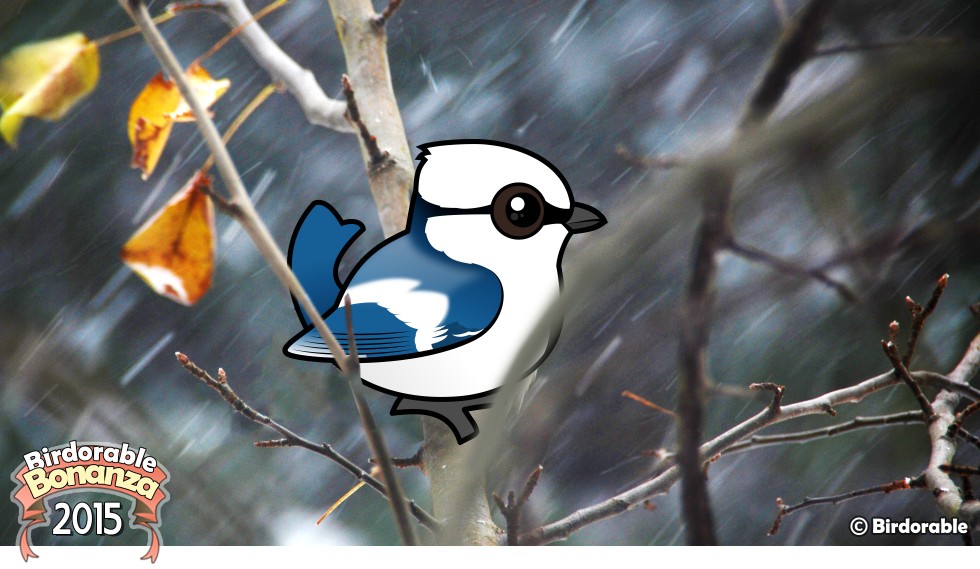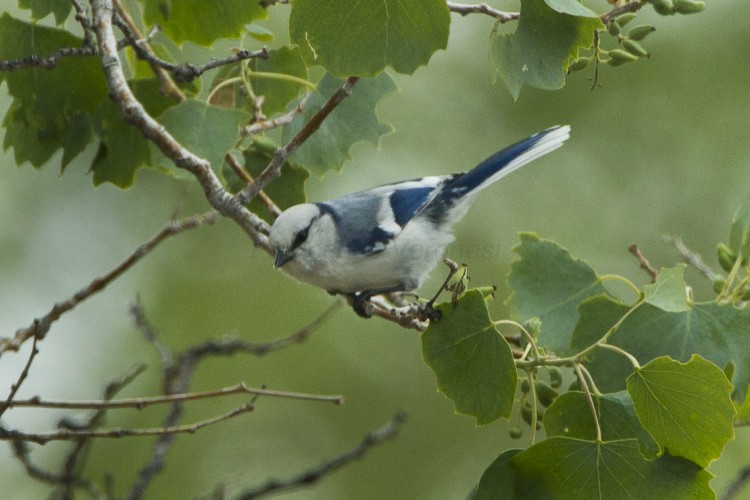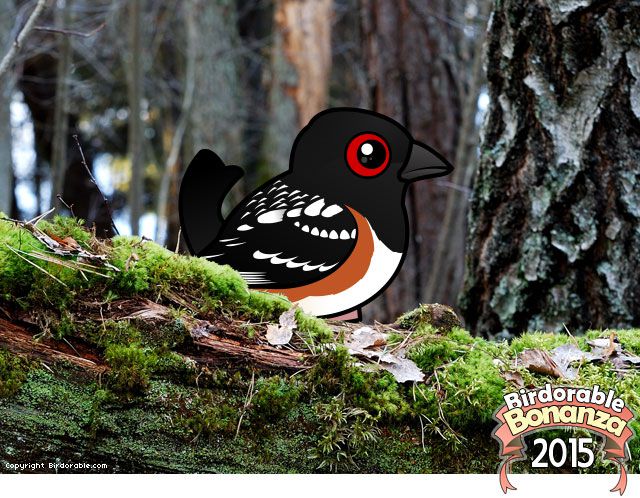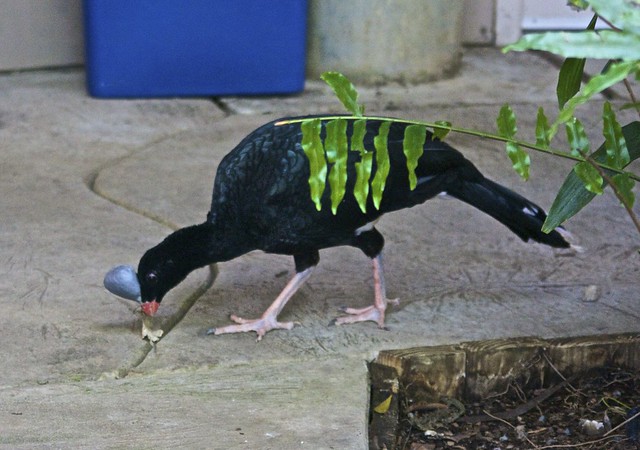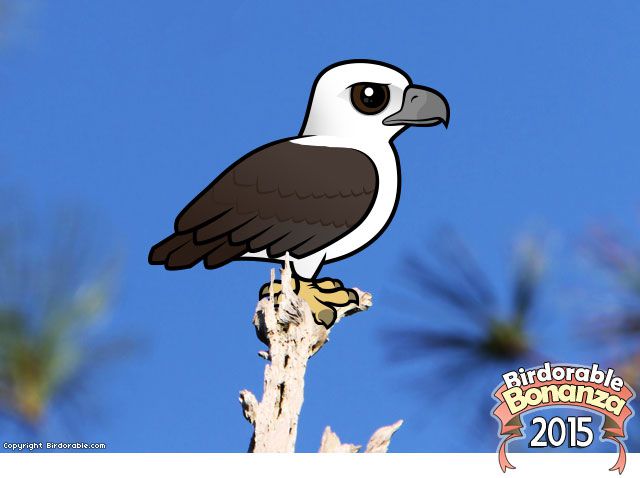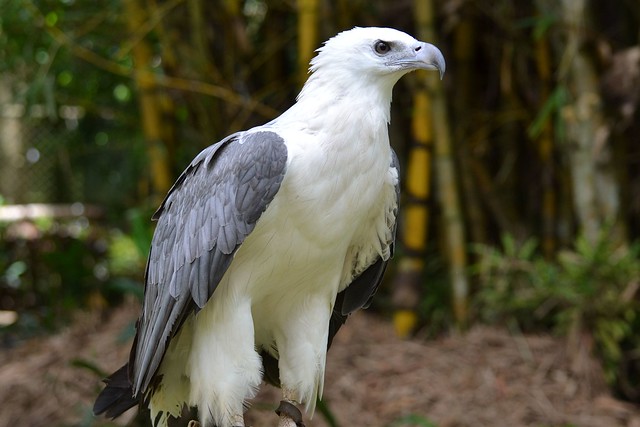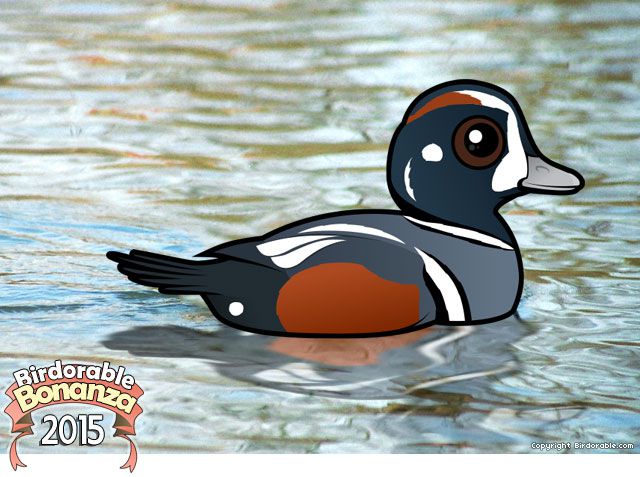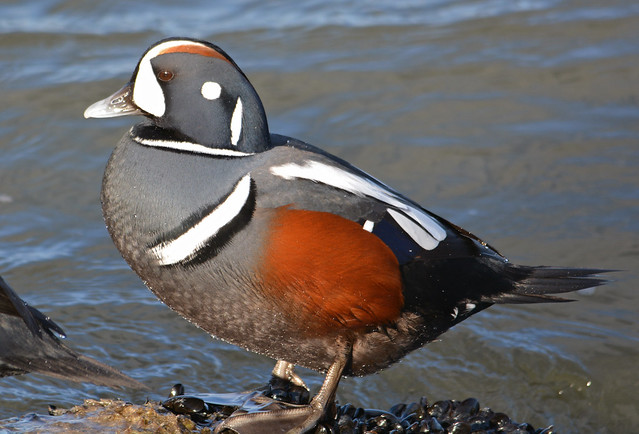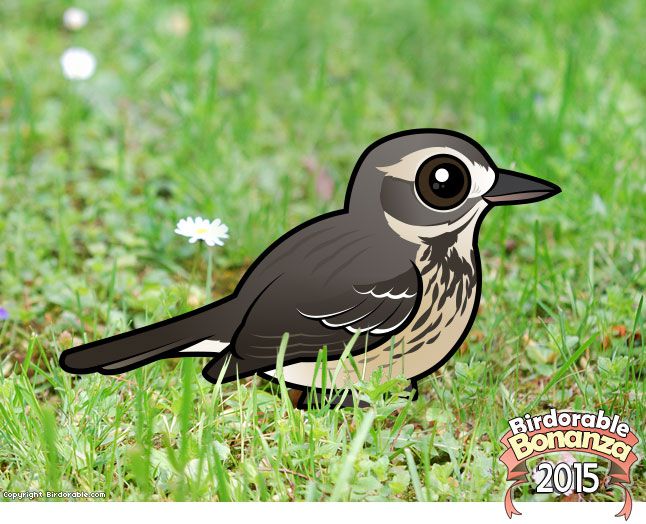For the last 25 days we have been unveiling a new bird here and on our Facebook page every day until Christmas. Today's final bird in our Birdorable Bonanza: Advent Edition is the Elf Owl!
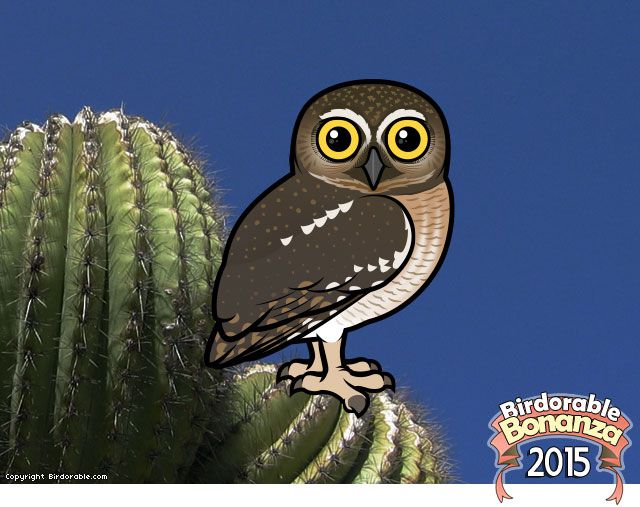
Elf Owls are tiny owls native to parts of Mexico and the southwestern United States. They are the world's lightest owls among the smallest. These little cuties are cavity nesters, using old woodpecker holes excavated in hardwood trees or saguaro cactus.
Despite their size, Elf Owls are still fierce birds of prey, hunting for all of their meals. They feed on a variety of insets as well as small lizards, snakes, and even infant mammals like baby rats.
Some Elf Owls migrate, while others are year-round residents. Birds that breed in the southwestern United States fly south for the winter. Birds that live in Baja California are non-migratory permanent residents in their territory.
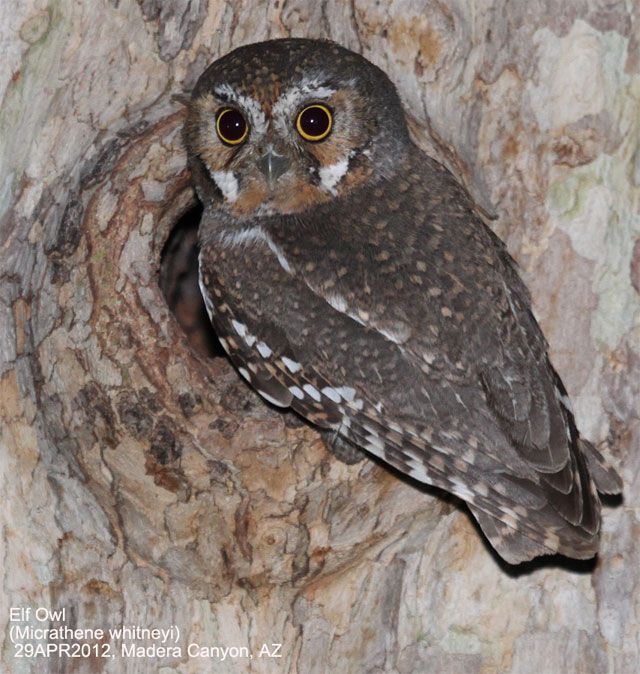
Photo by BBODO


